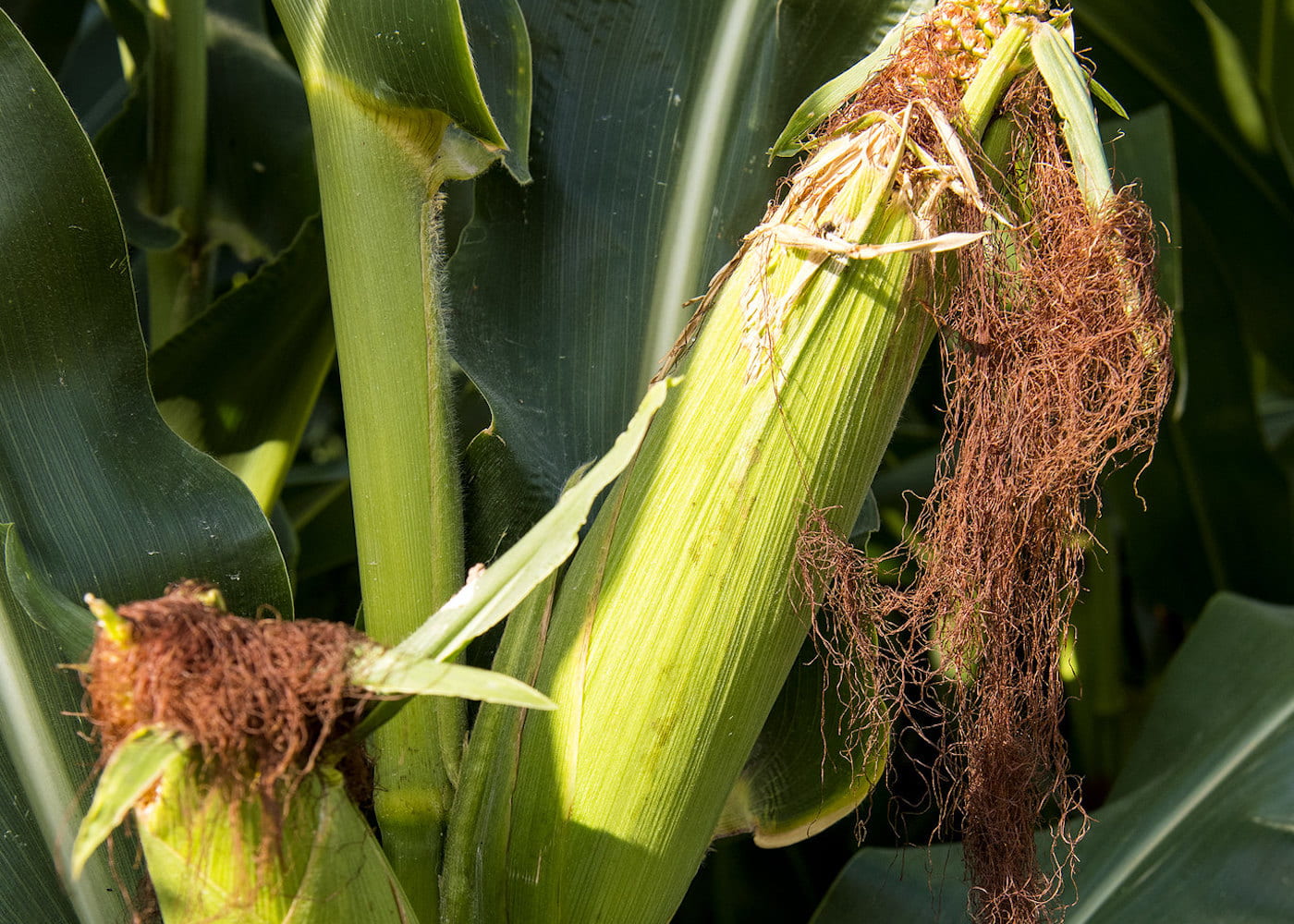Alternative Methods for Finishing Beef Cattle: Effects on Performance, Carcass Quality, and Meat Characteristics

Following supply chain setbacks for the beef industry during the COVID-19 pandemic, Arkansas opened alternative markets for cattle producers to finish their cattle and diversify operations through direct marketing to consumers. Arkansas producers had an interest in finishing cattle for market but Arkansas has not traditionally been a cattle finishing state. Animal science researchers with the Arkansas Agricultural Experiment Station conducted a study to test three cattle diets and measure their effects. The study showed that a high-energy diet with byproducts like soybean hulls and dried distiller’s grain and access to pasture offered a better economic choice, and better meat quality, than a conventional feed-lot diet.
The Problem
A disadvantage for Arkansas cattle producers has been a lack of infrastructure and knowledge of feeding cattle out to market weights, also known as “finishing,” since larger commercial feedlots have traditionally offered the service. As a result, many producers must feed cattle within the confines of their specific operations. Additionally, there have been concerns with producers that feeding cattle in a non-traditional manner would result in a subpar final product, lacking marbling and flavor.
The Work
With funding support from the Arkansas Beef Council, a study took place in 2023 at the Southwest Research and Extension Center in Hope to test three diets on 63 locally sources feeder steers, which are weaned cattle that have reached a weight between 600 and 800 pounds.
The three diets tested included:
- Conventional feedlot finishing diet with roughage: 10.9 percent bermudagrass hay, 56.2 percent cracked corn, 30 percent corn gluten feed and 2.9 percent mineral mix.
- High-starch supplement fed at 2 to 2.25 percent of body weight, with free access to bermudagrass pasture: 50 percent cracked corn, about 21.6 percent corn gluten feed, 24.5 percent dried distiller’s grains with solubles, 2.9 percent mineral mix and 1 percent limestone for calcium.
- High-byproduct supplement fed at 2 to 2.25 percent of body weight with free access to bermudagrass pasture: 14.8 percent cracked corn, 21.9 percent corn gluten food, 21.9 percent dried distiller’s grains with solubles, 38 percent dry soybean hulls, 2.9 percent mineral mix, and 0.5 percent limestone.
The hull of a dry mature soybean contains about 85 percent carbohydrates and 9 percent protein. The high byproduct diet was chosen because it is viewed as more “user friendly” and decreased risk of acidosis or some other problems associated with a high-starch diet found in typical feedlot diets, according to Daniel Rivera, associate professor of animal science and director of the Southwest Research and Extension Center for the University of Arkansas System Division of Agriculture. Acidosis is when the cow’s digestive system pH is lower than normal and can lead to a lack of appetite, increased breathing and sometimes death.
The study measured weight-gain performance, carcass quality and meat characteristics of 63 locally sourced crossbred feeder steers, which are young males that have been castrated.
The feeder steers weighed on average 796 pounds at the start of the study. They were divided by body weight, fed assigned diets for 161 days and weighed every 28 days before being shipped to a commercial slaughter facility.
Michelle Johnson, an animal science graduate research assistant at the University of Arkansas, was the lead author of the study led by Rivera.
The Results
The cost of increasing the weight of a weaned calf from about 750-800 pounds to a finished weight of about 1,200 pounds was approximately $550 per head for all three treatments.
The results of all three diets were statistically similar, with the average weight increasing from about 800 pounds to 1,200 pounds throughout the study. However, the high-byproduct diet offered the best economic return whether the calf was purchased outright or born on the farm.
Evaluations from trained taste panelists noted there were no sensory characteristic differences in the beef from the three different diets.
The percentage of beef that was “USDA Choice” quality grade or higher was 80 percent with the high-byproduct diet, 66 percent with the conventional feedlot diet, and 62 percent on the high-starch supplement diet. “Choice” is second to “Prime” in the U.S. Department of Agriculture’s beef quality grading system, which is a measure of palatability of beef, or eating quality. Quality grades are a combination of marbling, which is the fine, small flecks of fat in the steak and maturity, which is how old cattle are at the point of harvest.
The high-starch diet offered the lowest carcass value per head at about $1,958. The conventional feedlot diet provided the second-highest value at $2,021.85 per head, and the high-byproduct diet offered the highest carcass value per head at $2,065.89.
The Value
Preliminary performance data showed that alternative finishing methods on pasture can result in similar performance and have no negative effect on meat quality or other sensory and quality data. Moreover, a diet high in byproduct feeds like corn gluten, soybean hulls, and dried distiller’s grain with solubles, was just as efficient as finishing cattle to a high-quality endpoint as high-grain diets, and could potentially be safer and not impact rumen health.
Analysis of the meat quality from the two pastured groups had better color stability. Research has shown that while color doesn’t correlate with flavor, consumers prefer bright red color, and color stability indicates longer shelf life. Kelly Vierck, assistant professor of animal science and a co-author of the study, said that despite being fed a high-byproduct diet or starch supplementation, the cattle fed those treatments met or exceeded the standards set by conventionally fed cattle with no detriment to important beef quality traits, such as tenderness, juiciness, or flavor.
Supported in part by
Arkansas Beef Council
Arkansas Agricultural Experiment Station
About the Researchers

Daniel Rivera
Associate professor of animal science and director of the Southwest Research and Extension Center
Ph.D. in Animal Science, New Mexico State University
M.S. in Animal Science, West Texas A&M University
B.S. in Agriculture, New Mexico State University

Kelly Vierck
Assistant professor of animal science
Ph.D. in Meat Science, Texas Tech University
M.S. in Meat Science, Kansas State University
B.S. in Food Science, Oklahoma State University
Michelle Johnson
Animal Science graduate research assistant
M.S. in Animal Science, University of Arkansas
B.S. in Animal Science, University of Illinois Urbana-Champaign




